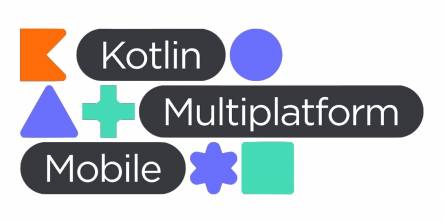Best Practices for Ensuring Azure Cloud Security

In an era where digital assets and data are the lifeblood of businesses, ensuring robust cloud security has never been more crucial. As a rapidly growing number of companies and other entities in the world embrace cloud computing, it has become vital to focus on the one factor that remains all-important, no matter the technology involved: security. Given that we are dealing with the digital realm, safety is, of course, important. Azure, Microsoft's cloud platform, has become an integral part of the infrastructure of countless organizations. However, as the adoption of Azure grows, so does the need for comprehensive security measures. To safeguard your organization's sensitive information, applications, and resources in the Azure cloud environment, it's essential to implement top-notch security best practices.
With this blog, I'll delve into the most critical Azure cloud security best practices that every organization should embrace. So whether you're a seasoned cloud architect or just starting your journey into Azure, understanding these principles will help fortify your digital fortress and protect your assets in the cloud.
What is Azure Cloud?
Think of Azure Cloud as a gigantic, super-powered computer based in a data center. For customers, it means that instead of having a server in their office, they can use the Azure Cloud to store files and do all sorts of computer stuff, including running software. However, instead of all that happening on their device, it is all happening on a Microsoft data center somewhere.
Suffice it to say that Azure Cloud is a tool that can help one create, deploy, and manage apps and services. However, none of these are viable without proper security practices. So, let us tell you about some of the most essential Azure best practices for ensuring security in the digital realm.
Azure Cloud Security: Top Best Practices
- Multi-factor authentication: This may seem a tad basic, but we cannot insist enough on how vital multi-factor authentication is for cloud security. It brings in an additional layer of protection by asking users to provide two or more forms of verification, such as a password and a one-time code sent to a mobile device, before they are granted access to the requisite resources on Azure Cloud. So make sure that MFA is enabled for employee/user accounts needing access to Azure resources.
- Data and database security: Because Azure is a Microsoft offering, it ought to come as no surprise that this baby comes loaded to the gills with security-focused features and provisions. However, it is still upon us to leverage such requirements to ensure the security of our resources. Let's start with data encryption: enable it for both data at rest and in transit. Bringing robust access controls and least privilege principles is also advisable. Oh, and did we mention that you can also use Azure to track who accesses your data and what they do with it?
- Compliance: Compliance is a critical factor for, well, every industry that we can think of. Thankfully, Azure brings plenty of tools and features to help companies achieve the requisite compliances. For example, Azure Compliance Center enables you to analyze compliance with various industry and regulatory standards. Azure Policy and Azure Blueprints also help companies implement compliance policies and governance standards across their resources on Azure.
- Cloud network security: Azure can help companies meet their cloud network security needs. One can put Network Security Groups to work to control inbound and outbound traffic to Azure resources. You can also deploy Azure Firewall to safeguard your company's virtual network from unauthorized traffic and threats. Think of the Azure Firewall as a centralized security gateway, if you will.
Applying the above-listed best practices is vital for establishing and maintaining a strong security posture in Azure.
Similar Articles
In today's technologically advanced landscape, understanding heat distribution is critical for enhancing efficiency and safety across various sectors. Infrared thermography, a pivotal imaging technique, has revolutionized how professionals view and analyze thermal performance.
In this digital age, there are many options available for marketing, but the one that stands out as one that can transform the marketing realm is programmatic connected TV (CTV). The programmatic CTV approach for advertising shows the changing trend in how brands would like to connect with their audience.
PHP has a dominant market position, with over 79% of websites powered to some degree. Developers majorly utilize organized and leveled PHP basic functions, known as PHP frameworks, to create flexible output.
The nonstop hum of machines around us, from the humongous industrial complexes to the processors within the gadgets, shapes our everyday lives. These mechanical advancements have become essential, driving everything from fundamental necessities to our vehicles, airplanes, and so forth.
New methods of managing a Pilate business are transforming the way studios operate. It simplifies routine tasks and helps fitness businesses to grow and facilitate their customers in various ways.
Discover if the S23 Ultra case is compatible with the S24 Ultra. Get insights on fit, protection, and functionality in this comparison.
In the era of astoundingly quick technological progress, organizations are increasingly feeling the need to adjust to the evolving market demands and their requirements by embracing digital transformation
With the rise of mobile devices and the ever-growing demand for cross-platform solutions, businesses are constantly seeking efficient ways to develop applications that can be used on multiple platforms. This is where Kotlin Multi Platform comes into play. Kotlin Multi-platform is a versatile technology that allows developers to write code once and deploy it on various platforms such as Android, iOS, and web.
Discover reliable network cabling solutions ensuring seamless connectivity for remote work. Enhance productivity with consistent connections anywhere.









